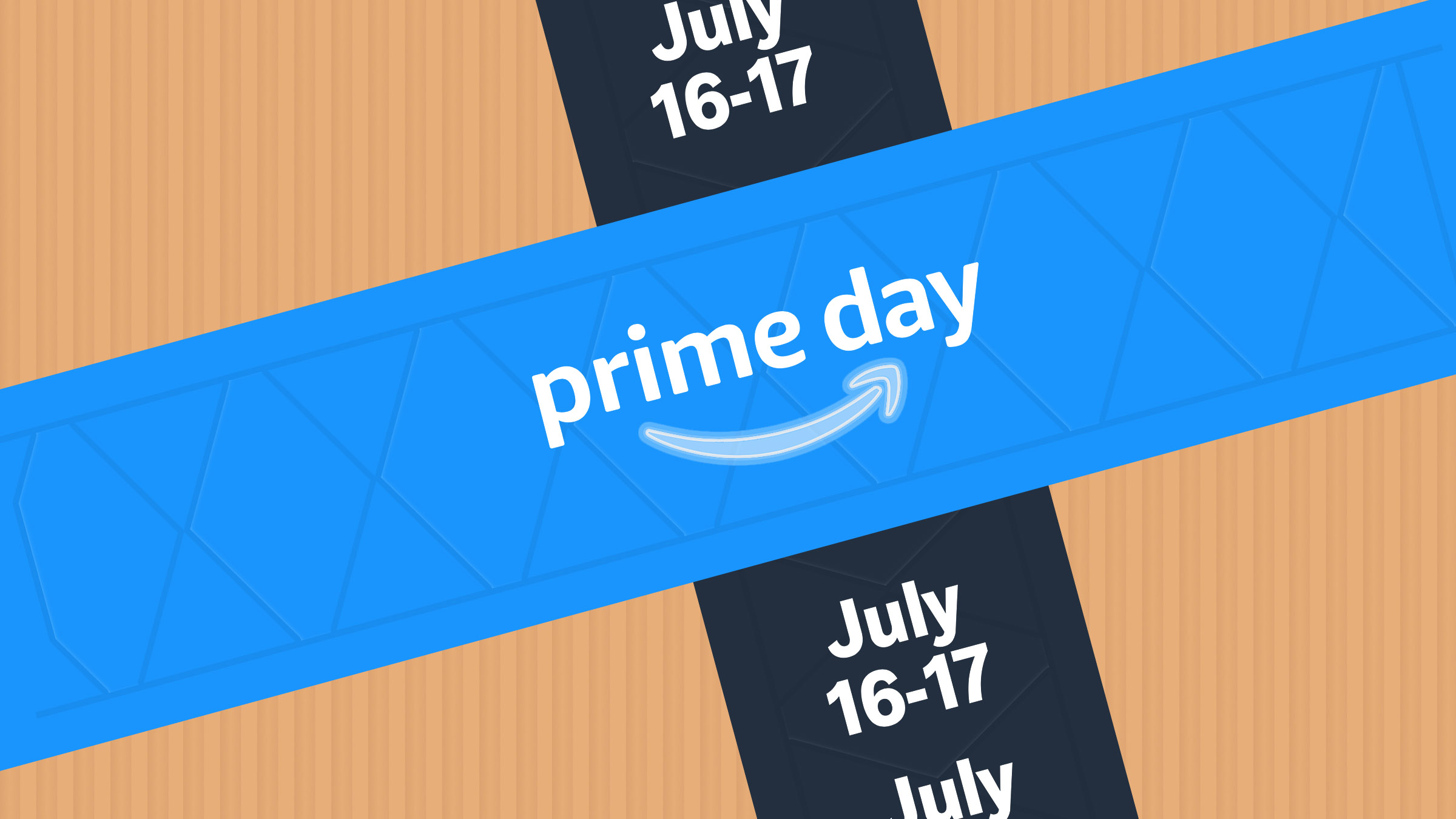Published Aug 31, 2020
Building the Best Return Policy for Your Customers

Building a top-notch returns experience for your customers
When you view returns as a business expense, you end up with a returns experience that’s built to cut costs – not serve your customers. This will ultimately cost you in different ways, such as lower LTV, fewer customer referrals, and reduced AOV. Instead, use the best practices below to craft a customer-focused return policy and process.
1. Provide a generous return window
At Loop, we see 80% of the returns we process happen in the first 14 days. Based on this information, you might think to yourself: “great! Then I’ll just make my window 14 days since most of my customers will return their items by then anyway.” While this would be a reasonable conclusion, we actually want to approach this as an opportunity to blow your customers away.
Since you know that 80% of customers will return their items in 14 days anyway, you might as well offer a generous window – especially for exchanges. By doing this, you’re demonstrating to customers that you care about getting the right product in their hands and reduce the perceived risk of making a purchase decision.
Plus, having something like a 60-day return window adds a ton of marketability to your return policy, which can boost conversions. And if you’re worried that a flexible policy will lead to more returns, don’t be. Research from the University of Texas found that a longer return window actually makes returns less likely!
2. Let customers start their own returns process
It’s easy to slap a return address on your website and tell customers to send their items there. Or to make customers reach out to your customers support team whenever they want to initiate a return. But what’s easy for your brand can prove to be a frustrating experience for your customers. Why? Customers want to be able to start a return at 10 p.m. on a Saturday night while your support team is in bed.
So give your customers the option to choose their own experience. Meaning, if they want to reach out to a support representative for help with their returns, let them. But if they want to manage the returns process themselves, give them the option to automatically generate a return label and send back the item on their own time. Allowing customers to choose their experience will increase your chances of repeat purchases. In fact, 92% of consumers will buy something again from a brand if returns are easy.
3. Don’t charge for return shipping
Finally, there’s the age-old debate about whether or not to charge for shipping on returns. If you view returns as a cost center, you’ll probably want to charge for shipping on all returns. After all, why not have the customer cover the additional expense?
But consider the fact that 62% of shoppers would shop again from a brand offering free returns or exchanges. This means that every time you charge for return shipping, you’re putting your customer retention at risk. Not only that, but you might also push a customer who originally wanted an exchange to ask for a refund instead. From their perspective: if they’re going to lose money on the exchange, they might as well just ask for all their money back.
That’s why we encourage brands to offer free shipping on exchanges and view it as an investment in the customer relationship–not a sunk cost. Eventually, this investment will pay off as research shows that a 5% increase in your customer retention rate can lead to a 95% increase in profitability. Plus, 67% of shoppers check the returns page before making a purchase and one thing they’ll definitely be looking for is free shipping on returns.
4. Build an end-to-end returns system through integrations
The best return policy and process is built around the customer experience. The speed at which you can process returns is part of that experience.
Fast returns happen when you can see a return progress through all of your systems. Your return process becomes even faster when you are able to process returns within the business and operational tools you are already using, whether it’s an ERP, 3PL, or WMS.
Integrating your self-serve return portal to your systems makes your team more efficient and gets your customer their exchange or refund faster. The customer feels better about the process, and you spend less time managing that process. With Loop + Celigo, you can automate your whole returns management process end to end, providing your customers a smooth experience.
Focus your returns experience on your customers
Your returns experience is about so much more than logistics. When approached with the right mindset, you can transform your return policy and process into a brand differentiator, a method of retaining revenue, and an opportunity to strengthen relationships with your customers. Use the best practices we outlined above to get the most out of your returns.




